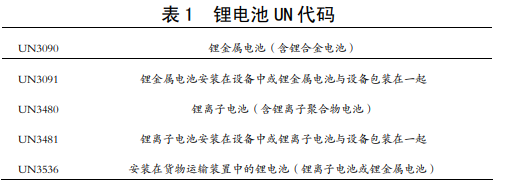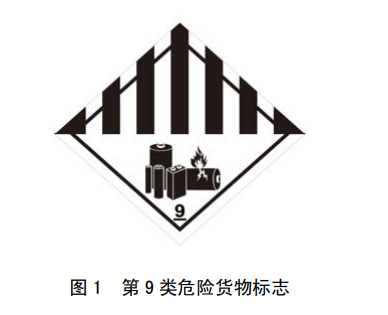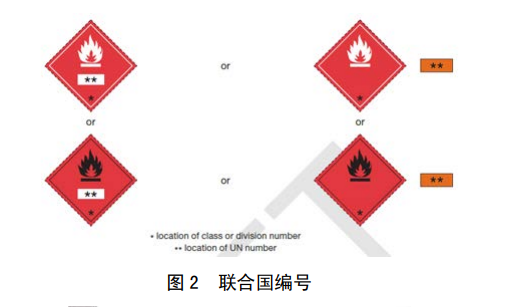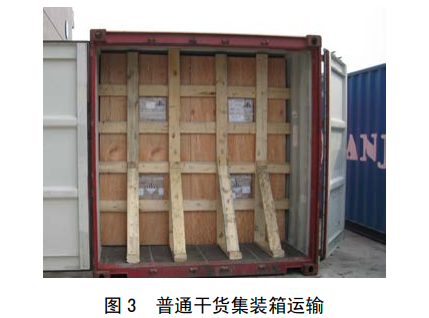| Transportation analysis of lithium battery goods and lithium battery energy stor |
| Release time:2023-03-09 08:35:23| Viewed: |
In recent years, domestic scholars have carried out detailed analysis on lithium battery transportation accidents, but lithium battery transportation accidents and lithium ion energy storage system accidents still occur frequently, mainly including combustion and explosion. Since the "812 Tianjin Big Bang" that shocked the whole country in 2015, China has carried out a thorough inspection of the whole industry for the transport of dangerous goods to eliminate potential safety hazards.
Lithium battery energy storage technology has strong adaptability and wide application range, and is the most competitive technology route among energy storage products at present. At present, with the development of lithium battery energy storage technology, standardized lithium battery energy storage boxes that can directly participate in multimodal transport have gradually come into people's sight.
一、 Lithium battery transportation
1. Classification of lithium battery Lithium batteries, as the 9th miscellaneous dangerous goods [4], are included in the Proposal on the Transport of Dangerous Goods - Model Regulations. For lithium battery transportation, the corresponding UN number shall be provided first, as shown in Table 1.
2. Regulations on lithium battery transportation in IMDG
(1) Lithium battery pack
The lithium battery pack must pass the test in 38.3 of the UN Manual of Tests and Standards Each battery and battery is equipped with a safety exhaust device, or is designed to prevent stress rupture under normal conditions during transportation. Each battery and battery are equipped with effective devices to prevent external short circuit. Each battery pack containing multiple parallel connected batteries or battery series is equipped with effective devices (such as diodes, fuses, etc.) to prevent danger caused by reverse current.
(2) Packaging method
When equipment and lithium battery are included in the package, the package should be marked with "UN3481 lithium ion battery is packaged with the equipment". Radio frequency identification tags, watches, temperature recorders, etc. cannot cause dangerous heat sources, and can be transported in solid outer containers when opened.
With the development of lithium battery energy storage technology, such energy storage devices as UN3536 have been developed and utilized. In order to facilitate multimodal transport, manufacturers have made such energy storage boxes into standard container sizes of 20 feet, 40 feet, 45 feet, etc. 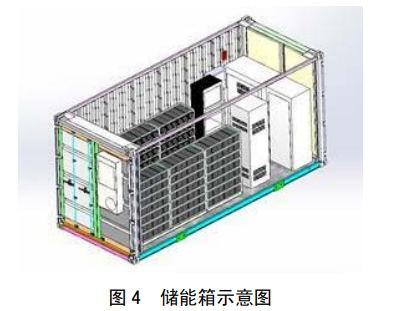
As the Class 9 dangerous goods, lithium batteries should be provided with the consignment note with the UN number, the dangerous goods specification, the declaration form for the safe and proper transport of packaged dangerous goods, the declaration form for the transport of dangerous goods by ships, the identification result sheet for the use of outbound dangerous goods transport packaging (dangerous goods certificate), and the packing certificate for the transport of dangerous goods by containers. Correctly providing and filling in all kinds of documents required is one of the first conditions to ensure transportation safety.
3. Current situation of lithium battery transportation
二、 Analysis results and conclusions
(1) The International Maritime Dangerous Goods Code (IMDG) makes a detailed distinction between lithium batteries, lithium-ion batteries, lithium batteries installed in transport devices and other battery products. This paper interprets the concepts in the rules on the basis of physical objects.
(2) The difference between the labels of lithium battery goods and energy storage containers is that the lithium battery goods need to be labeled with the Class 9 dangerous goods mark on the battery package. After being loaded into the container, the Class 9 dangerous goods mark and the United Nations number should also be labeled outside the container. The energy storage tank only needs to post the Class 9 dangerous goods sign and the UN number outside the container.
(3) Refrigerant and fire fighting equipment are classified as Class 2 dangerous goods and cannot be transported together with lithium battery goods. However, air conditioning system (including refrigerant) and fire fighting equipment can be equipped inside the energy storage tank.
(4) Lithium battery goods can be packed and transported in containers. The energy storage tank shall meet the requirements of the classification society container inspection specification.
Disclaimer: If the videos, pictures and text used in this article involve copyright issues, please inform us at the first time, and we will immediately delete them without any commercial use! |



